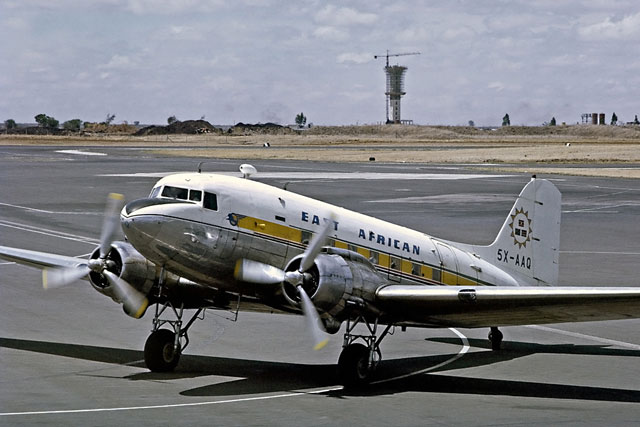
Aviation | AIRSPACE AFRICA | As surely as her aircraft took to the sky, East African Airways rode the winds of change to carry with it a Pan-African tale. A story which, in its unfolding, not only mirrored but also fell casualty to an equally volatile political climate.
The British Colonial government realized the benefit of shared services as early as 1890 ergo established the Uganda railway by 1896-1901 in the protectorate of Uganda and colony of Kenya, with gradual Tanzanian (then Tanganyika) integration after World War 1. The next frontier at this point, was the air.
With the post-war period setting into motion economic reconstruction, there surfaced a need to establish communication links within a vast empire. Perforce, a committee was established, towards the end of World War 2 (in 1943) featuring aviation and railroad experts, businessmen, the British Overseas Airways Corporation (BOAC), and amongst other Territorial Governors; Philip Mitchell, Governor of the Uganda Protectorate who is credited with the establishment of Entebbe Airport. Their mandate was to deliberated upon and arrive at a setup through which the reality of civil aviation in the region could materialise.
As hoped, proceedings resulted into the East African (Air Transport) order-in-CounciI of 1945 which set up the East African Air Transport Authority and the East African Airways Corporation (EAAC). The BOAC was then instructed to ensure that the East African Airways (EAA) remained profitable and was up to international standards but targeting a local market.
Airspace Africa gives a detail thesis of the ups and downs that followed the formation of EAA, leading to the break-up of the airlines and the path the different East African countries were left to pursue on their own. CLICK TO READ FULL STORY
 The Independent Uganda: You get the Truth we Pay the Price
The Independent Uganda: You get the Truth we Pay the Price



